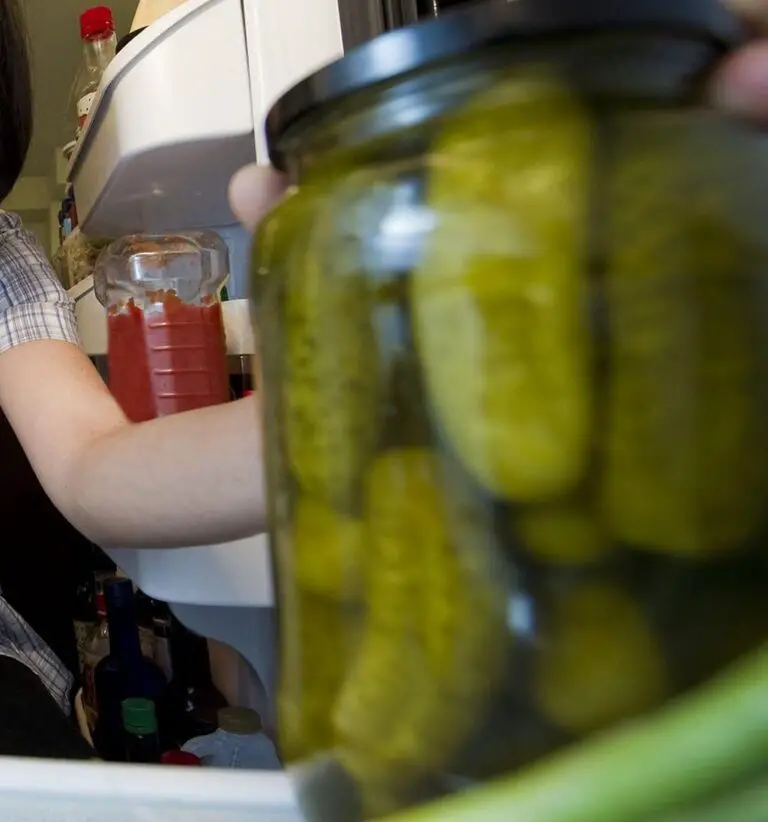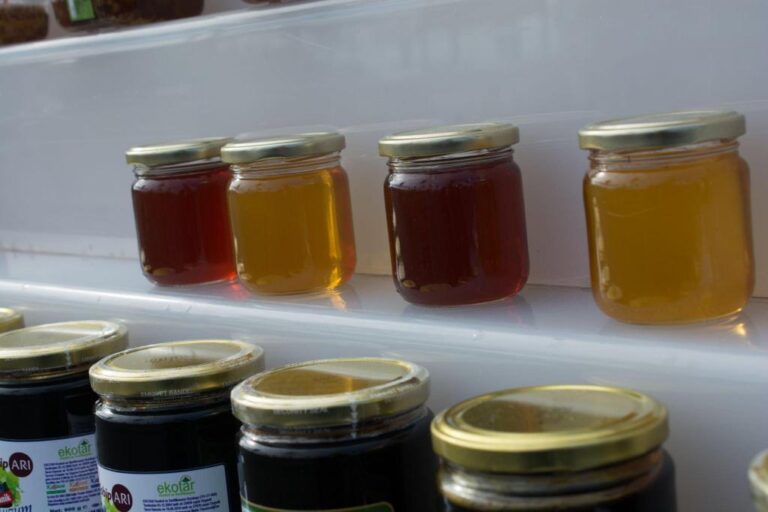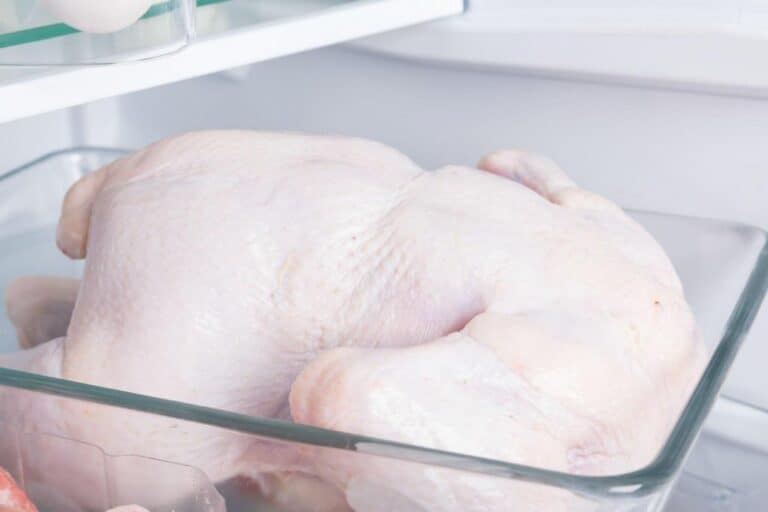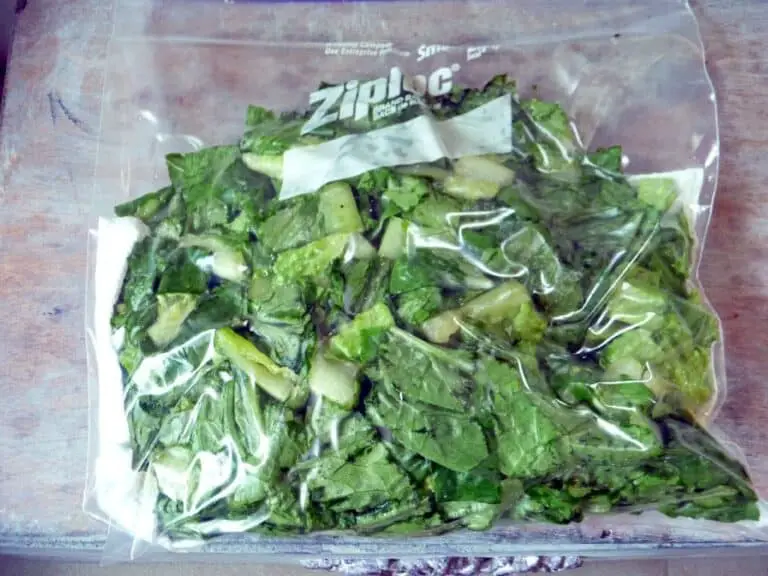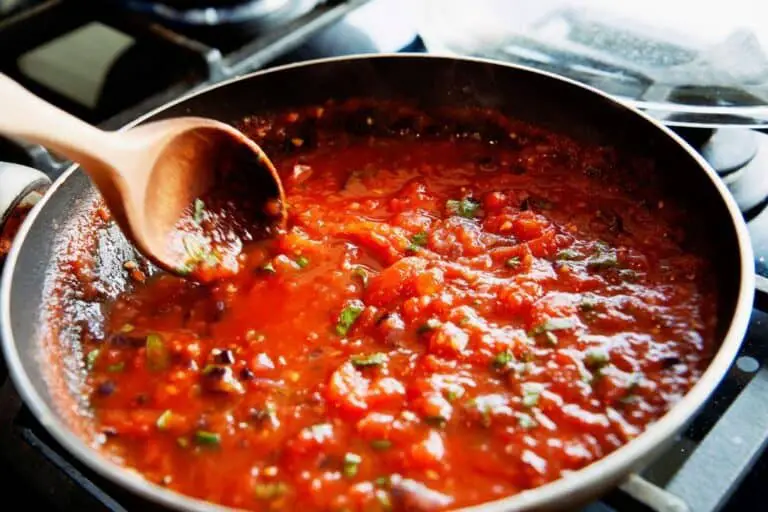Can You Cook or Heat Canned Food in the Can or Container: Is it Safe?
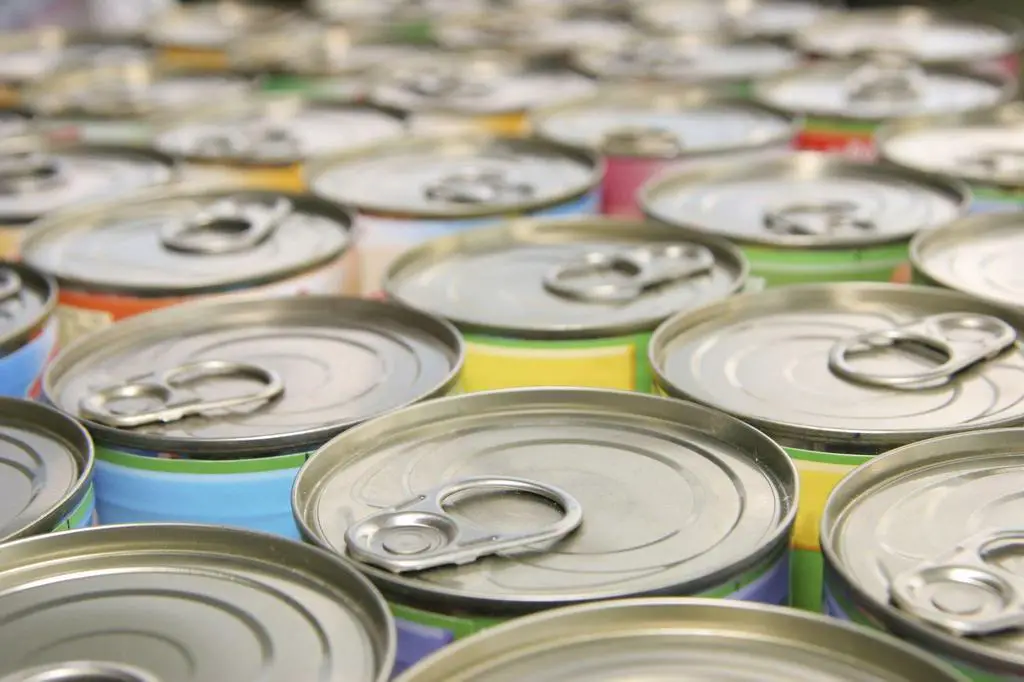
Do you ever wonder if it is safe to cook or heat canned food in the can or container? If so, this article is for you!
Here, we tell you why you need to find the answer and give you a detailed look at the safety issues. We’ll look at what to consider before cooking canned food and provide guidance on how to safely do so.
So, can you cook or heat canned food in the can or its container? Although heating canned food inside the can is possible, there is a chance that it could be harmful to your health. It’s much safer to either eat the contents cold or heat them in a separate cooking pot.
Keep reading to find out more about why it’s important to know whether you can cook or heat canned food in its original food packaging.
Popularity of Cooking with Canned Food
The popularity of cooking with canned food has been on the rise in recent years, with many people opting to use canned ingredients in their cooking. There are a number of reasons for this trend, including the convenience and affordability of canned foods as well as the quality and taste of the food.
One of the biggest advantages of cooking with canned food is the convenience factor. Canned foods are widely available in grocery stores, making it easy for people to stock up on their favorite ingredients. They are also easy to store, as they have a long shelf life and do not require refrigeration. This makes them ideal for people who are always on the go and need to prepare meals quickly.
Another advantage of cooking with canned food is its affordability. Canned food is often much cheaper than fresh or frozen food, making it an economical option for people on a budget. This is particularly true for those who live in areas where fresh food is not easily available, as canned food can provide an alternative source of nutritious food.
In addition to the convenience and affordability, many people also enjoy the quality and taste of canned food. Canned food is often made from high-quality ingredients, and manufacturers use special techniques to preserve the taste and texture of the food. This means that canned food can be just as delicious as fresh food and can be used in a variety of different recipes.
Can You Cook or Heat Canned Food in the Can?
Canned food is a convenient option for many people, and heating the food directly in the can can seem like an easy solution. However, cooking or heating canned food in the can can pose potential health risks and affect the taste of the food.
One of the main concerns with cooking or heating canned food in the can is that it can lead to metal leaching. When the food is hot and acidic, the metal in the can can dissolve into the food. This can give the food a metallic taste and increase the risk of metal poisoning.
Another issue with cooking or heating canned food in the can is that it can increase the risk of botulism. Heat and humidity in the air can make it easy for botulinum bacteria to grow. These bacteria can make a powerful poison that can make people very sick or even kill them.
Also, cooking or heating canned food in the can can cause nutrients and flavor to leak out. The heat and pressure inside the can can cause the food to break down, leading to a loss of nutrients and a reduction in taste quality. Also, cooking food in a can can give it a metallic taste, which is unpleasant and could be dangerous if eaten in large amounts.
WARNING
To cut down on these risks, it is best to put the food from the can into a pot or bowl before heating it. This will reduce the risk of metal leaching, botulism, and nutrient loss. It’s important to handle and store food safely. You shouldn’t eat food from a can that is bulging, leaking, or has a broken seal.
Can You Cook or Heat Canned Food in the Container?
The answer is yes and no, depending on what kind of container it comes in and how you want to heat it.
Yes, you can heat canned food in the can, as mentioned above. It’s not an ideal condition because the can might not be heat-resistant and could release chemicals into the food that aren’t good for you. It’s also not ideal because the metal can react with acidic foods.
Metal cans are generally safe to use for heating up food as long as they don’t have any plastic or rubber components. If the can has plastic parts on the lid, then those should be removed before putting it in a microwave or oven.
Make sure that the metal isn’t too thin, which could cause it to warp or even melt under intense heat. Also, some types of metal cans may have chemicals that could get into your food if you heat them, so read the labels carefully before using them to cook.
Safety Concerns of Cooking or Heating in the Can
The primary safety concern when cooking in the can is the risk of the can exploding or deforming. This can happen if the can is heated, which makes the metal expand and could cause it to burst.
The risk is especially high if the can is dented or damaged in any way, as this can weaken the structure of the can and make it more likely to burst. The metal can become hot, and the pressure can build up, causing the can to burst. This can cause serious burns and injuries, as well as damage to your kitchen and surrounding area.
Can Metal from Can Get into Food?
In the United States, the majority of food cans are made of steel, while beverage cans are typically made of aluminum. There may be traces of chromium and nickel in steel cans, but the amounts would be very small or none at all.
Aluminum, on the other hand, has been shown to leach into acidic foods and beverages such as tomato sauce, fruit juices, and soft drinks. This can cause the food to take on a metallic taste and potentially lead to a buildup of aluminum in the body over time.
Take note that most studies have found that the levels of aluminum in canned foods are well within safe limits set by health agencies.
Which Foodborne Illness Is Caused by Cans?
One of the potential foodborne illnesses caused by canned food is botulism. Botulism is a rare but serious illness that happens when you eat food that has botulinum toxin in it. The Clostridium botulinum bacterium makes this poison. This bacterium can grow in sealed, low-oxygen environments, like those found in canned foods.
Botulinum toxin is potent and even a small taste of food contaminated with it can be fatal. The symptoms of botulism can take anywhere from 6 to 36 hours to appear and include double vision, drooping eyelids, slurred speech, dry mouth, and difficulty swallowing. In severe cases, botulism can also lead to paralysis, respiratory failure, and death.
To protect yourself from botulism, follow safe food handling and storage practices. This includes not consuming canned food that is bulging, leaking, or has a broken seal, and avoiding storing canned food for long periods of time. If you do suspect that your canned food may be contaminated, it is best to err on the side of caution and not eat it.
Pay attention to recall notices issued by health agencies, as they can indicate a potential botulism risk. Home-canned foods, such as pickled vegetables or fruits, also carry a higher risk of botulism as the canning process may not have been done properly.
How Can I Tell If Canned Food Is Bad?
Canned food is a convenient and shelf-stable option for pantry staples, but it’s important to know when it has gone bad. Here are a few signs to watch out for:
- Rust: If the can is rusty, it’s a clear sign that it’s not safe to consume. Rust can penetrate the can and spoil the food inside.
- Dents or bulges: Dented or bulging cans can indicate that the food inside has gone bad. This is because the pressure inside the can has increased, causing the can to bulge or dent. This can also be a sign of botulism, a serious and potentially life-threatening foodborne illness.
- Leakage: If the can is leaking or there is liquid around the can, it may mean that the can has become damaged and the food inside has become contaminated.
- Odd odor: If the food inside the can has an off smell, it’s a good indication that it has gone bad. If you’re unsure, it’s best to err on the side of caution and discard it.
- Unusual appearance: If the food inside the can looks or smells different than what you expect, it may be a sign that it has gone bad. This could include a change in color, texture, or odor.
If you’re unsure whether a can of food has gone bad, it’s always best to err on the side of caution and discard it. Eating spoiled food can cause food poisoning, which can have serious health consequences.
To minimize the risk of consuming spoiled canned food, it’s important to store it properly and to follow the “best by” or “use by” date on the label.
Conclusion
In conclusion, it is not a good idea to cook or heat canned food in the can or container because it can pose health risks, such as a higher risk of botulism, metal leaching, and a loss of flavor and nutrients. The heat and pressure inside the can or container can make it easy for bacteria to grow and can also dissolve the metal from the can into the food.
To reduce these risks, you should put the canned food in a pot or bowl before heating it and use safe food handling and storage methods. For example, you shouldn’t eat canned food that bulges, leaks, or has a broken seal.
Food safety and quality should always be top priorities, so you should always put food in a separate container before cooking or heating it.

